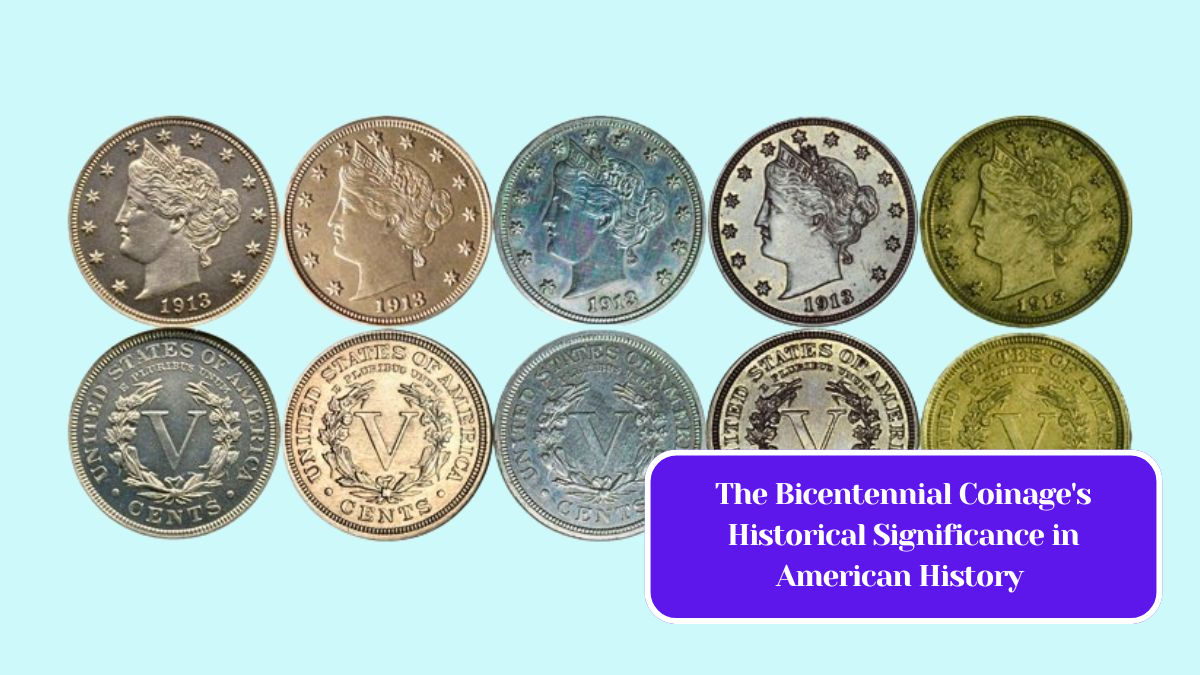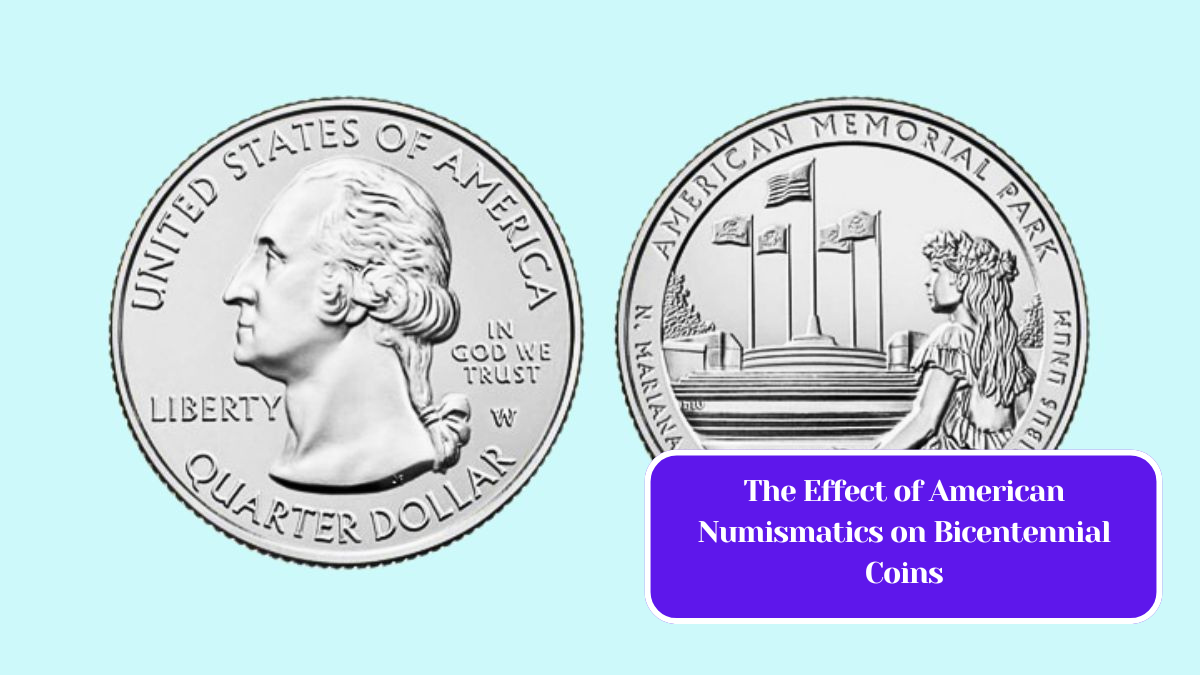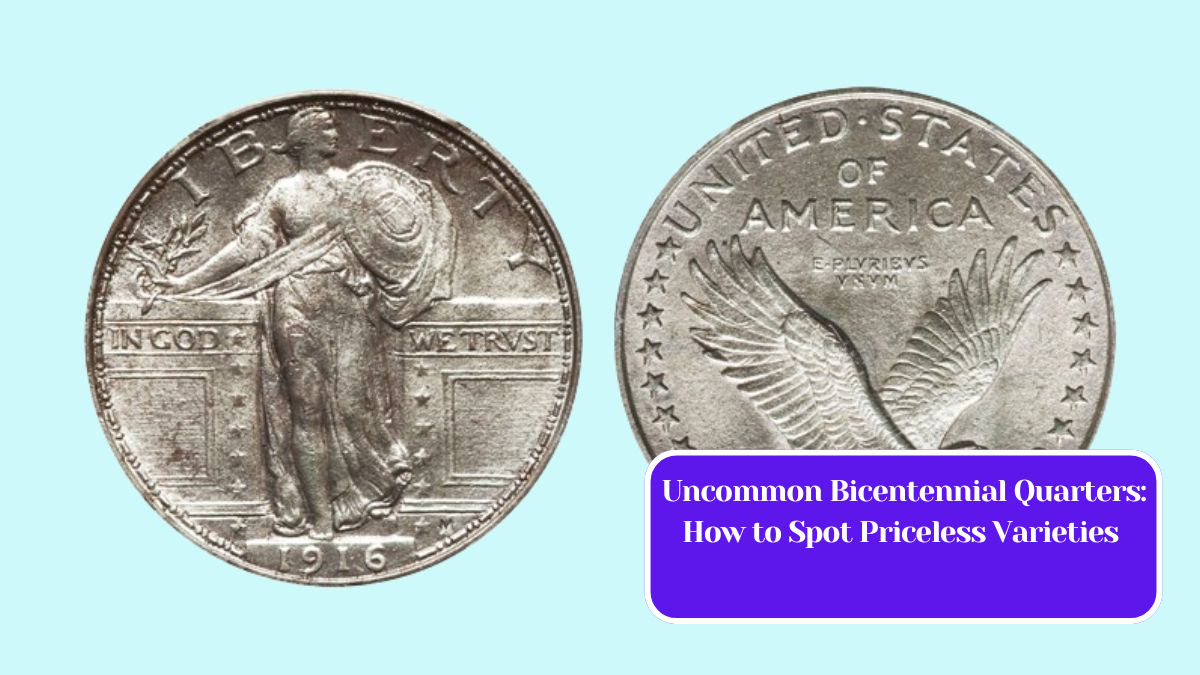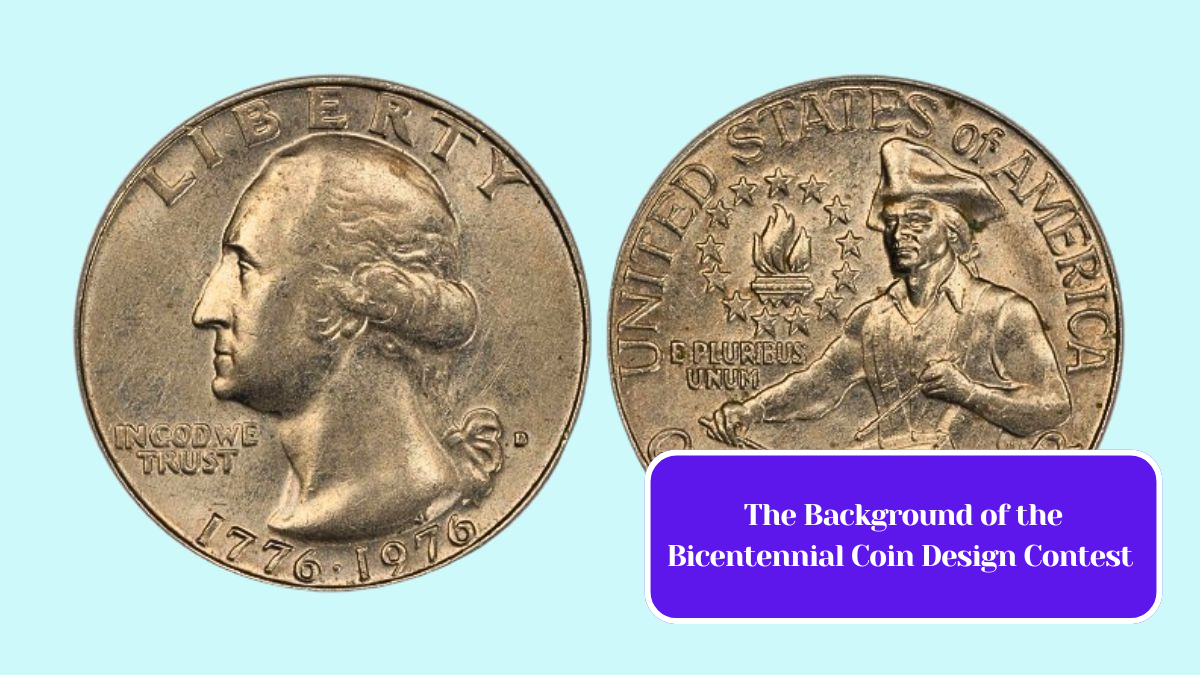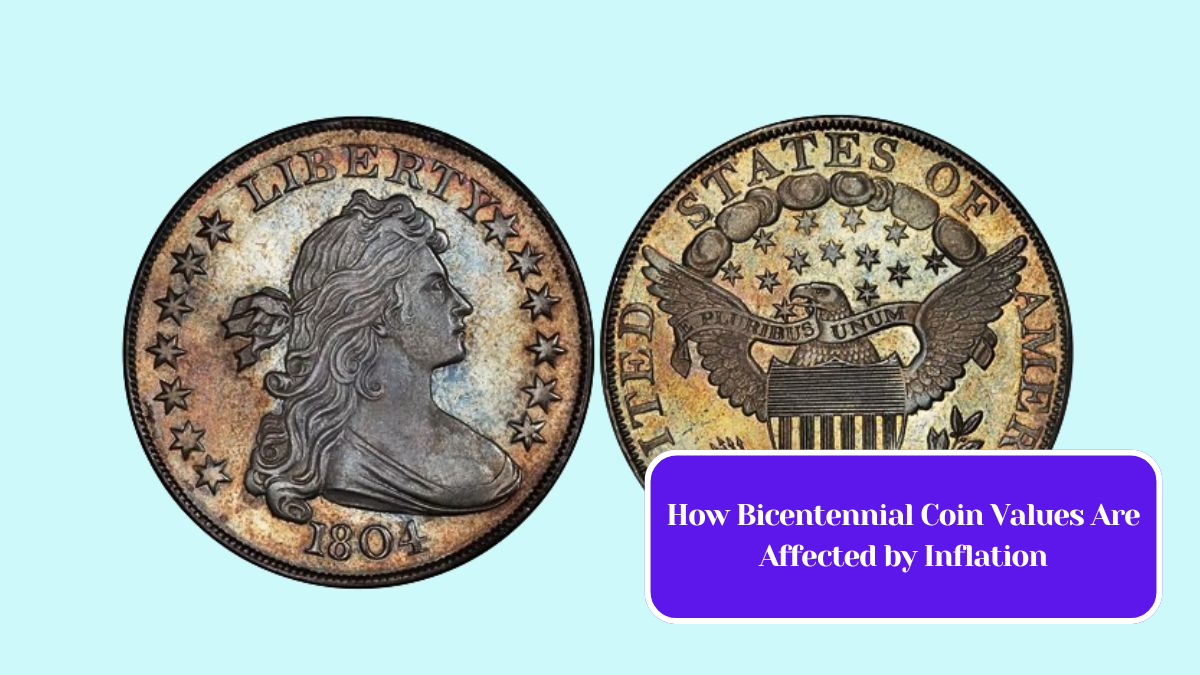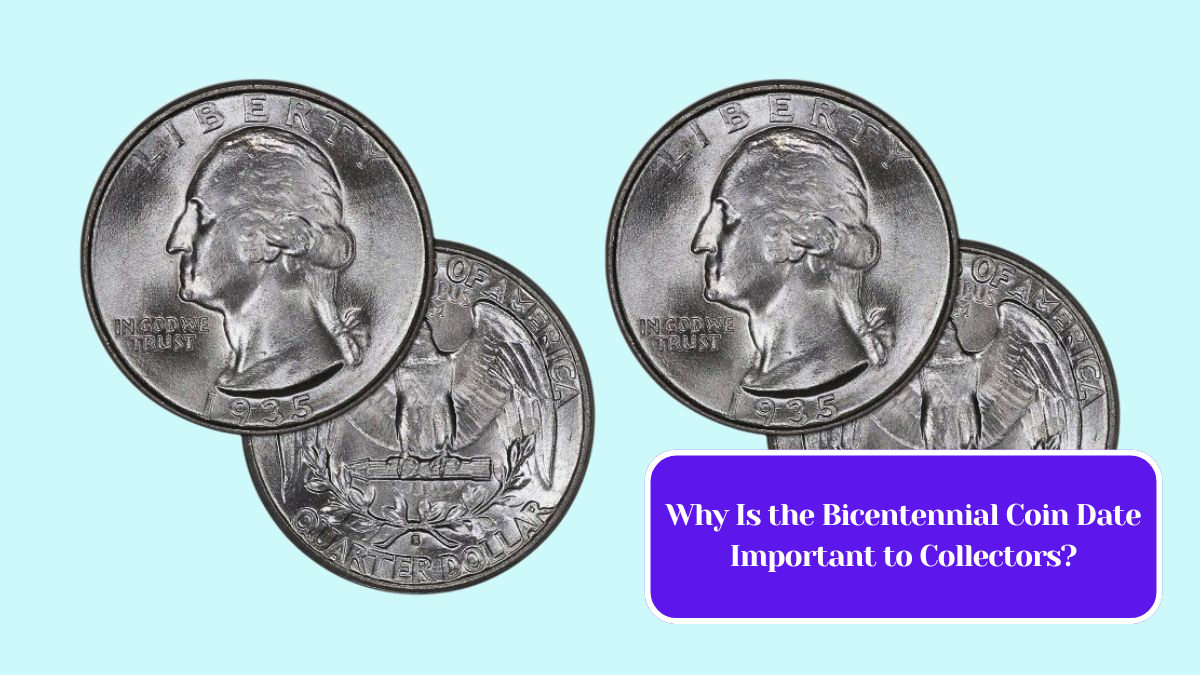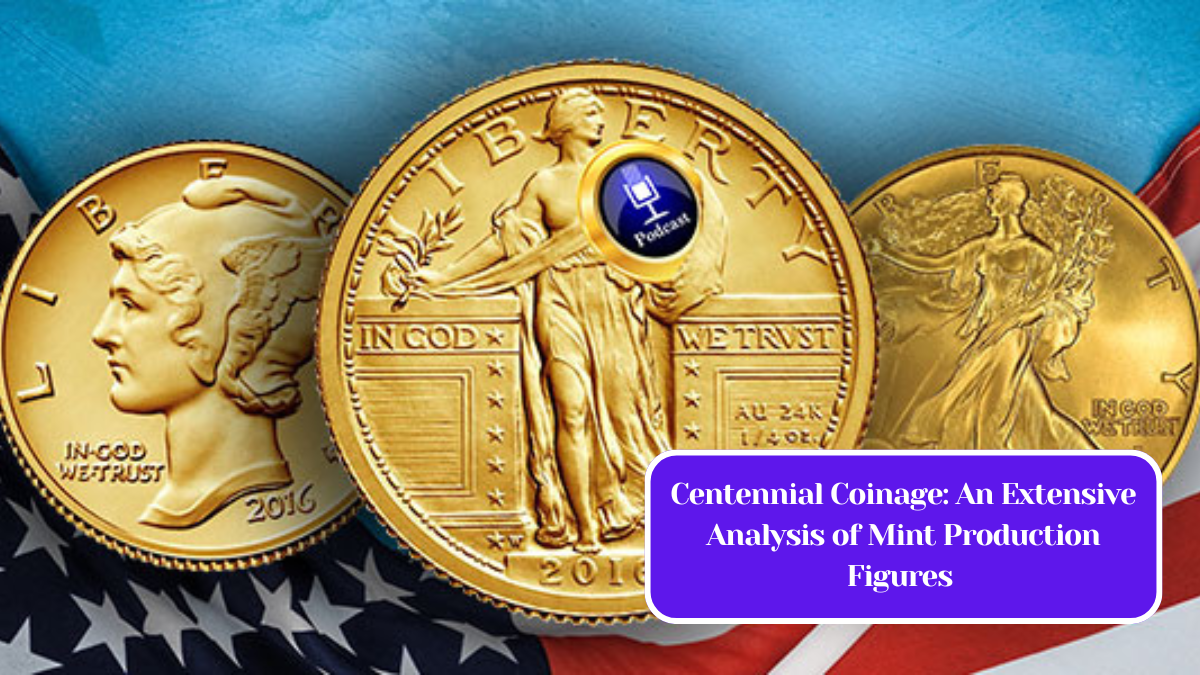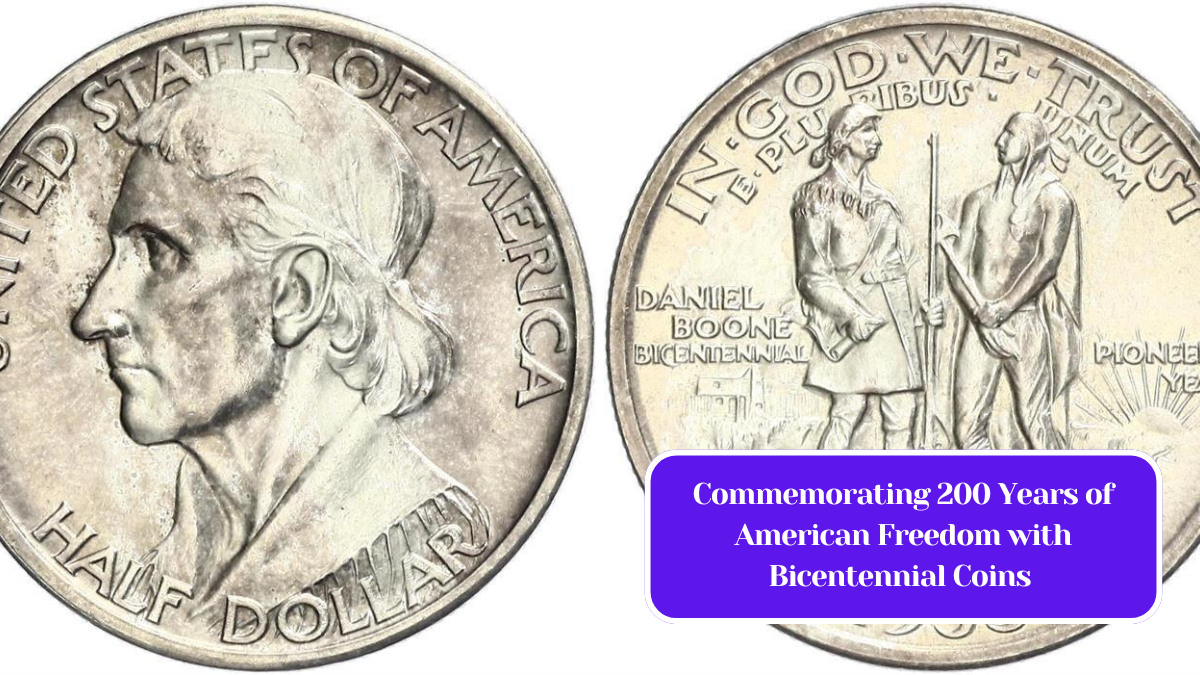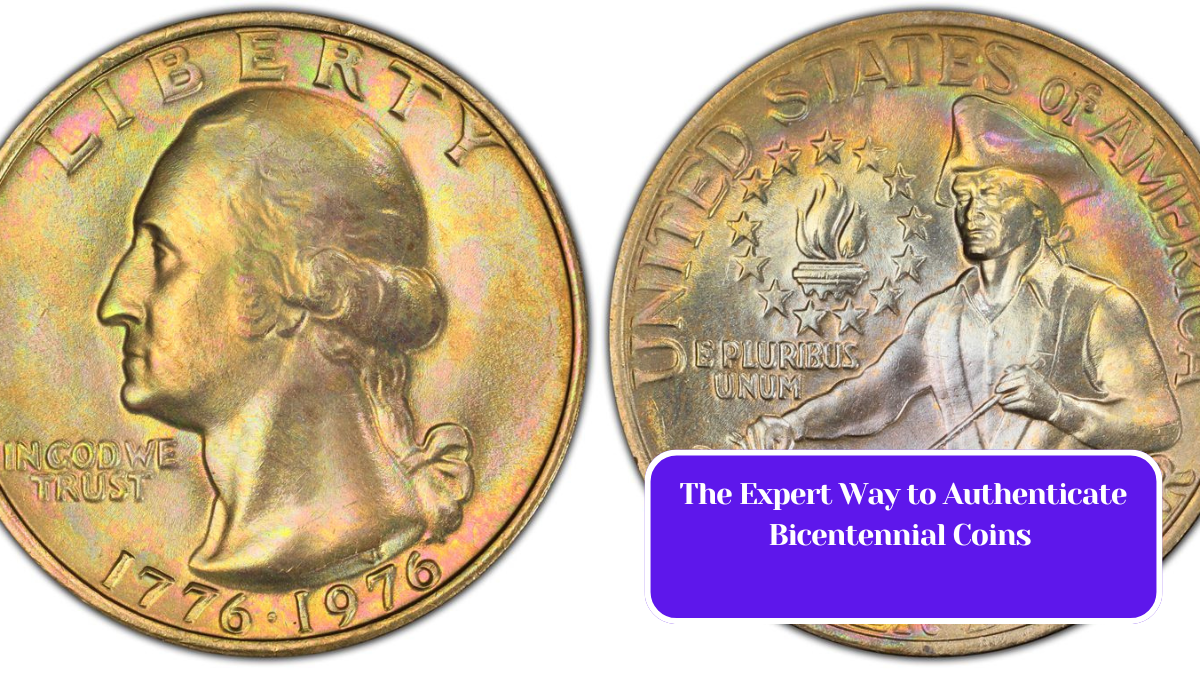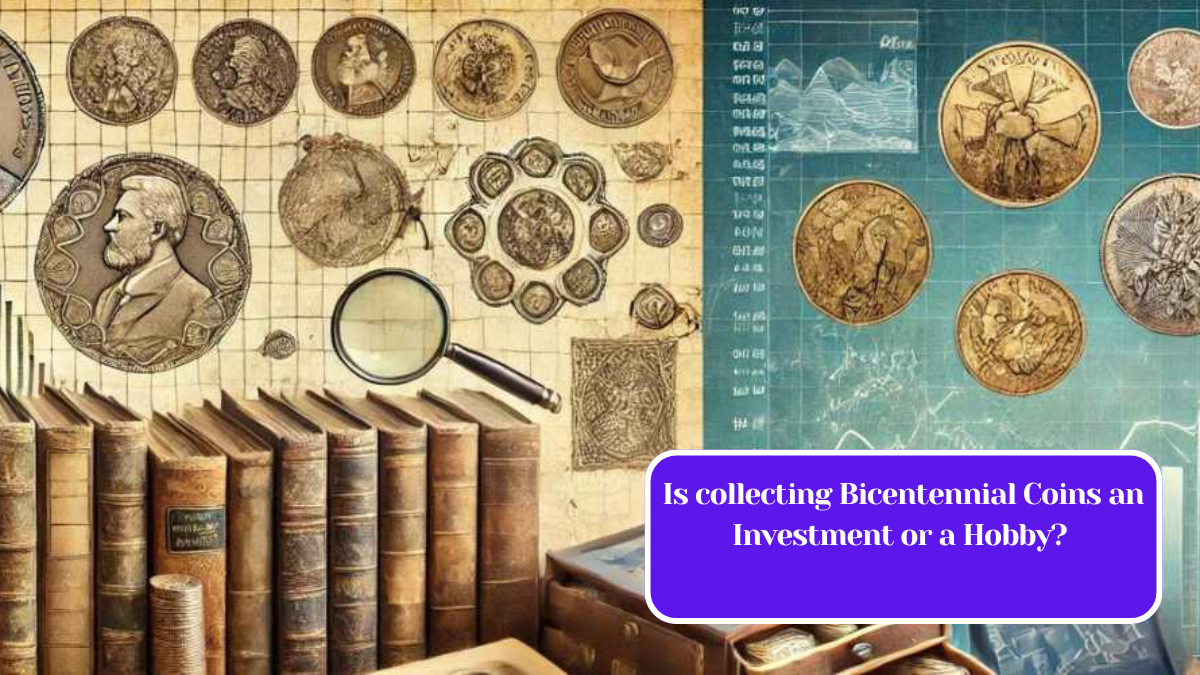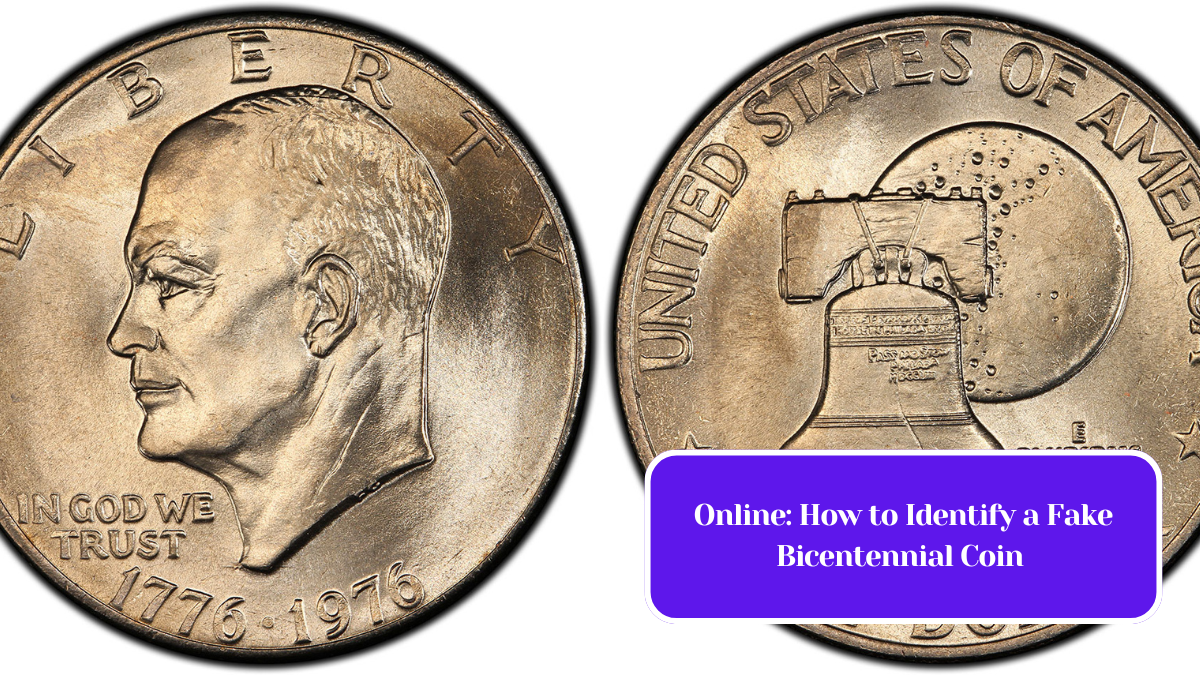In 1976, the United States marked its 200th anniversary of independence with a special coinage program that remains significant in American history. The Bicentennial Coinage not only commemorated the nation’s rich heritage but also reflected the cultural and political sentiments of the era. This article explores the historical significance of the Bicentennial Coinage, examining its design, purpose, and impact on American society.
The Design of the Bicentennial Coins
The Bicentennial Coinage program featured distinctive designs on the quarter, half dollar, and dollar coins. Instead of the traditional images, these coins showcased symbols of American independence. The reverse side of the quarter depicted a drummer from the Revolutionary War, representing the spirit of patriotism and the fight for freedom. The half dollar featured an image of Independence Hall in Philadelphia, a key site in the history of American democracy. The dollar coin displayed a depiction of the Liberty Bell, a symbol of American ideals and independence.
These designs were the result of a national competition, highlighting the involvement of citizens in the celebration of their country’s history. The coins were minted in 1975 and 1976, with the intention of creating a lasting tribute to the American spirit.
Purpose and Context
The Bicentennial Coinage program was part of a broader series of celebrations marking the United States’ 200 years of existence. The United States Bicentennial Commission, established by Congress, organized various events and initiatives to promote national pride. The coinage program aimed to engage Americans in this celebration, providing a tangible way to commemorate the milestone.
During the 1970s, the U.S. faced numerous challenges, including economic struggles, social unrest, and a growing disillusionment with government. The Bicentennial Coinage served as a unifying symbol during a time when the nation sought to reconnect with its founding principles and values. By celebrating its history, the U.S. aimed to foster a sense of national identity and purpose.
Impact and Legacy
The Bicentennial Coinage not only succeeded in its immediate goal of commemorating the nation’s history but also left a lasting impact on American numismatics. Millions of these coins were minted and circulated, becoming a beloved collectible for enthusiasts and casual collectors alike. The program sparked interest in coin collecting as a hobby and encouraged Americans to learn more about their nation’s history.
Moreover, the Bicentennial coins are often seen as a precursor to future commemorative coin programs. The success of this initiative laid the groundwork for subsequent projects that celebrate important historical events and figures. Today, the legacy of the Bicentennial Coinage continues to influence how the U.S. recognizes its history through currency.
The Bicentennial Coinage program represents a pivotal moment in American history, blending celebration with reflection. By honoring key symbols of independence, these coins encapsulated the spirit of a nation at a crossroads. As collectors and historians look back on this unique chapter, the Bicentennial Coinage serves as a reminder of the enduring importance of heritage, identity, and unity in the American narrative. Whether in change jars or museum displays, these coins continue to inspire pride and appreciation for the journey of the United States.
